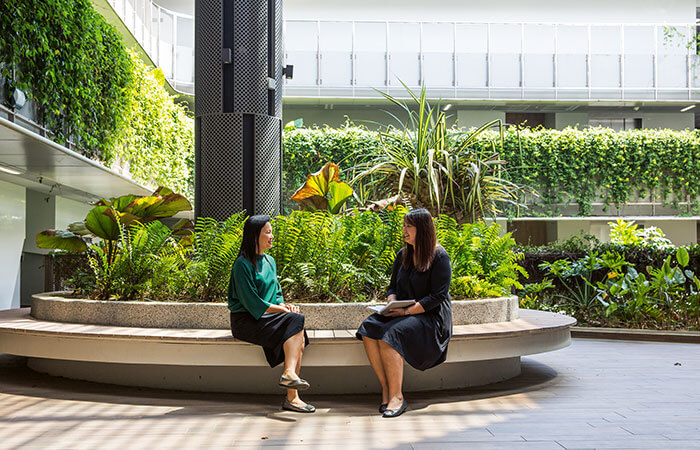
Plastic
Implants from the 3D printer
Evonik is investing in the Chinese 3D printing specialist Meditool.

Tissue Engineering
Effective Tissue Repair
At the Tissue Engineering Project House, researchers are working to develop materials for artificial tissue.

Additive manufacturing
3D printing: Facts and figures
Overview: global demand, most used materials and key players.

Additive manufacturing
3D printing now in series production
How Evonik is shaping the growing market for 3D printing and promoting the development of future-oriented technologies.
ELEMENTS Newsletter
Get fascinating insights into the research Evonik is conducting, and its social relevance, by subscribing to our free newsletter.

